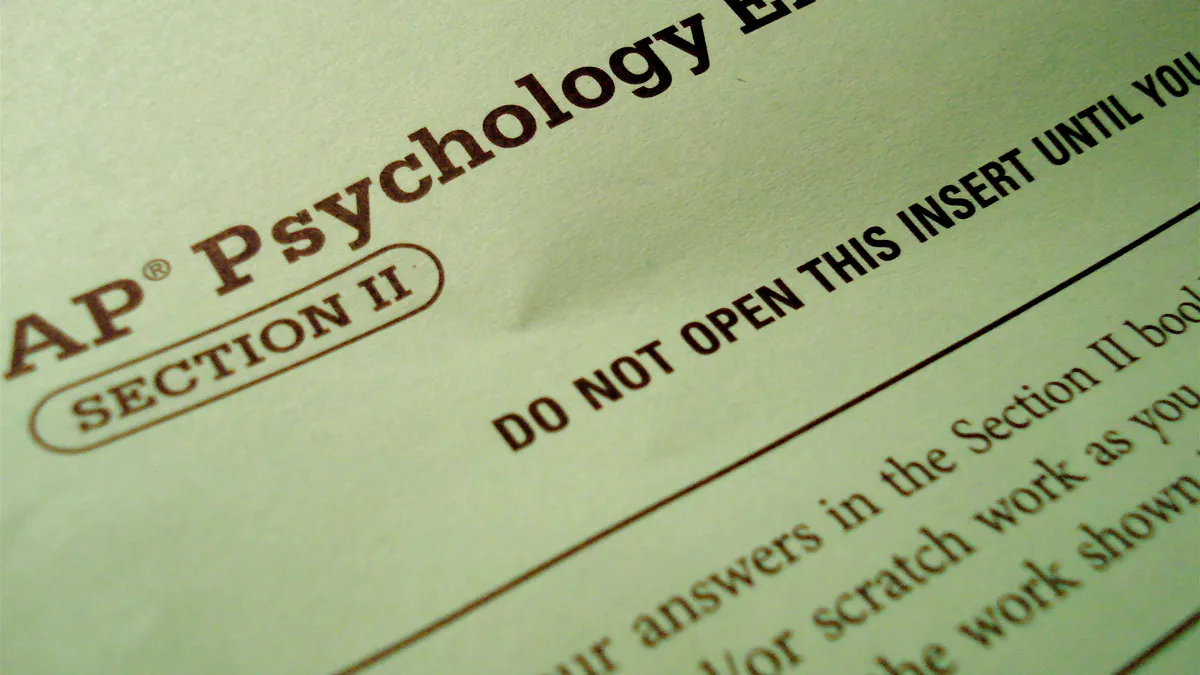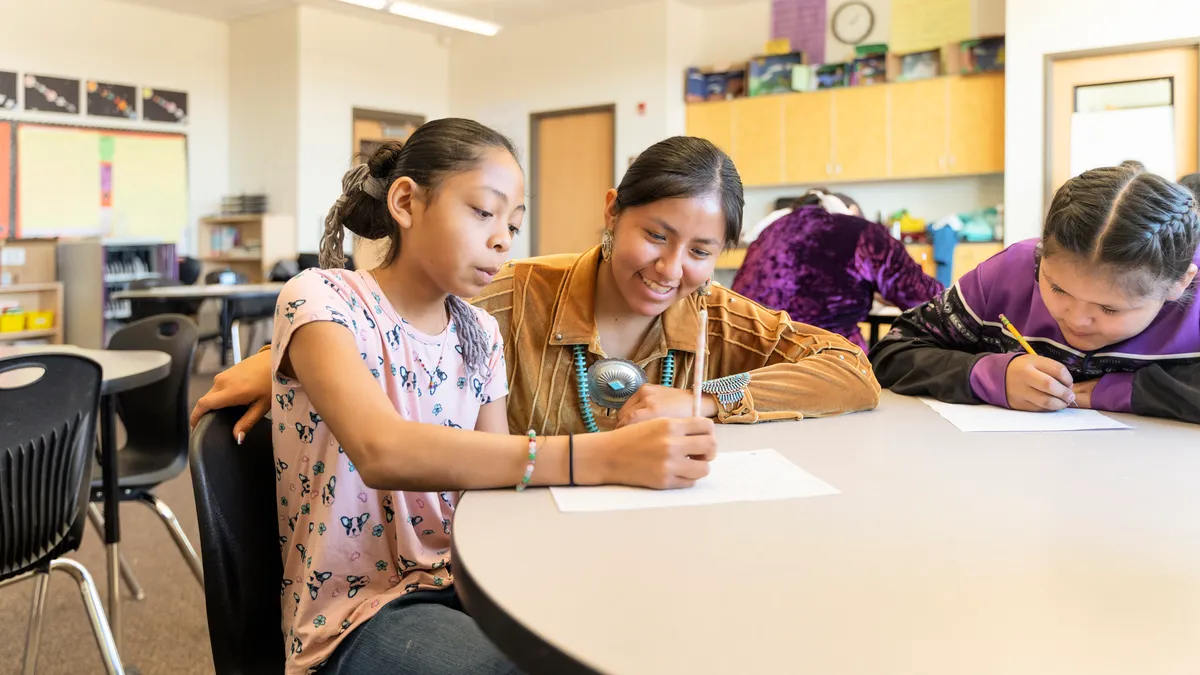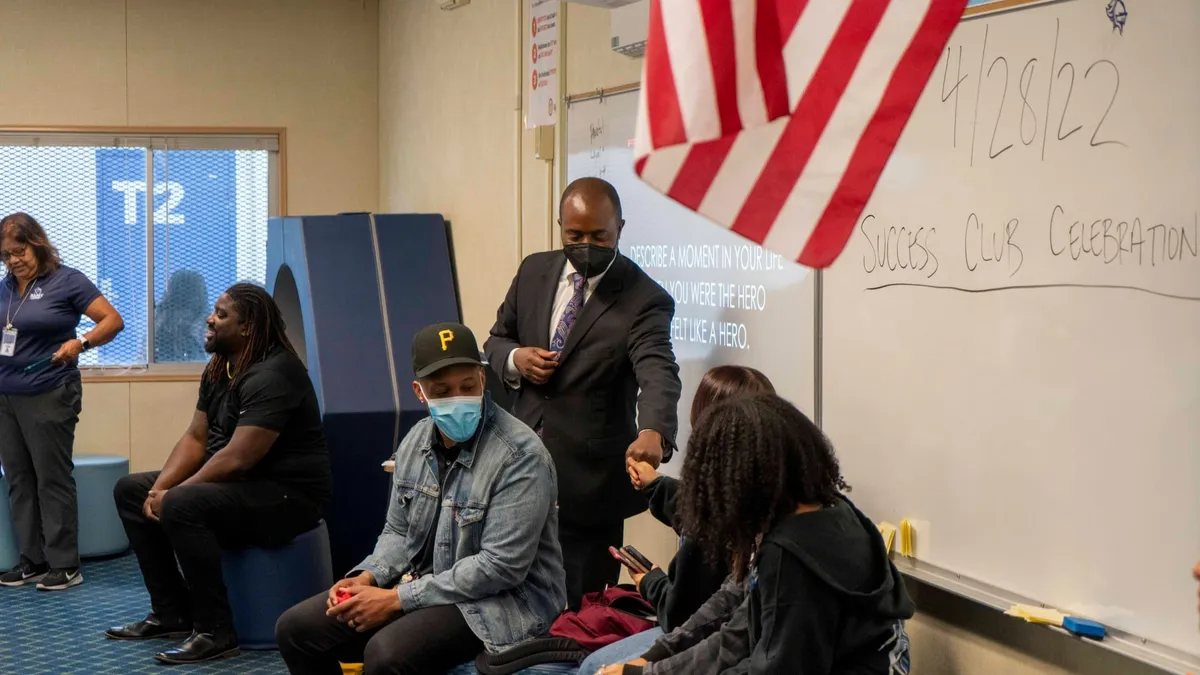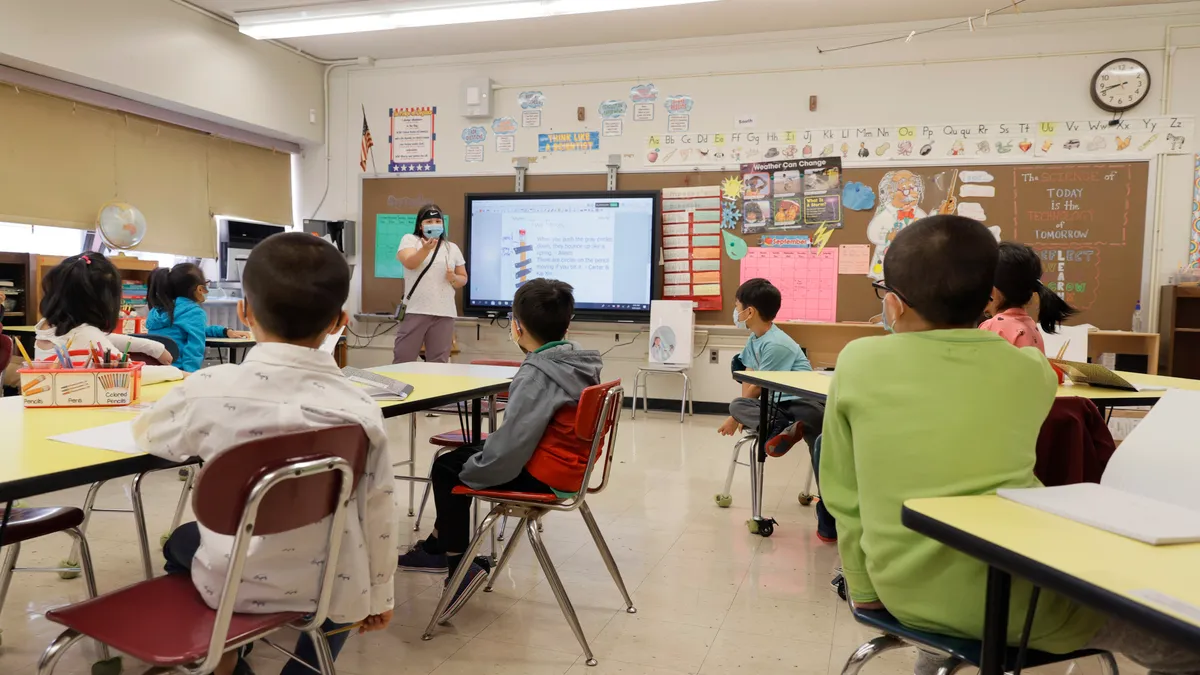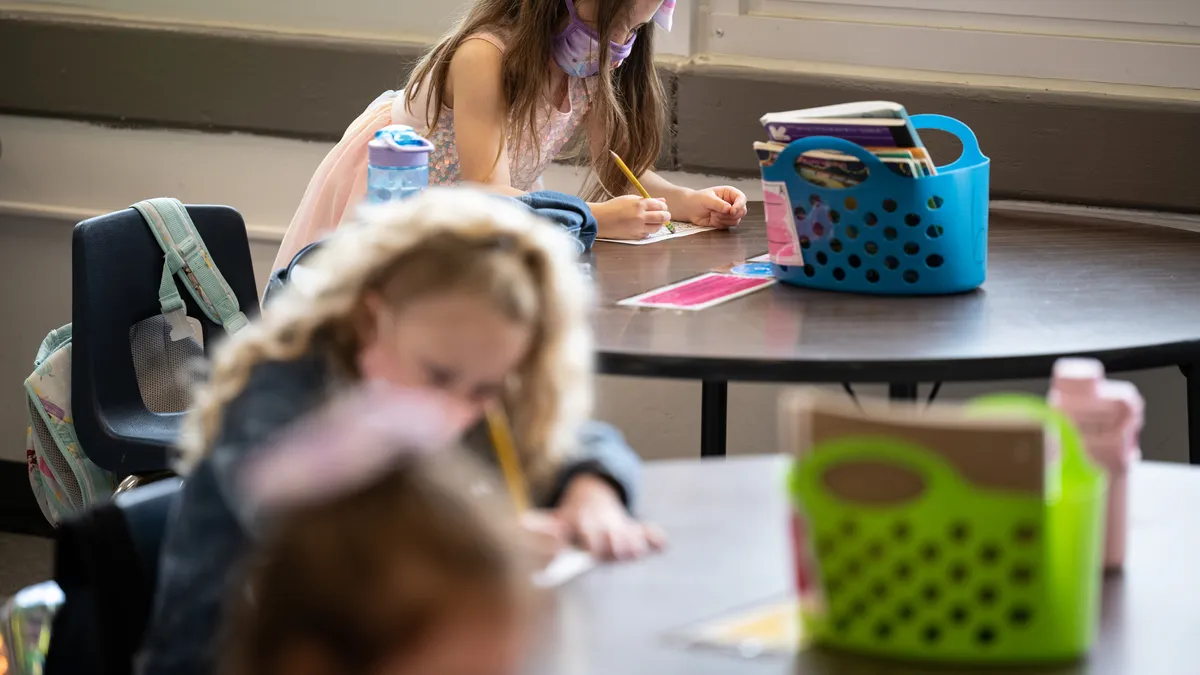Andrew G. Houlihan is superintendents of the Union County Public Schools in North Carolina.
As a system leader, I constantly strive to examine the best “recipes” being utilized in other school systems for the purpose of learning what works and what doesn’t. I firmly believe that in education, we often identify many school improvement “ingredients” or strategies that work, particularly aimed at school and student performance, but for some reason choose not to align those into a proven recipe for success.
When I began as superintendent for Union County Public Schools (UCPS), one of the highest performing school systems in the state of North Carolina and Charlotte region, priority number one was to listen to our stakeholders about the positive aspects of the school system, as well as the challenges and opportunities for improvement facing us. One of the significant challenges quickly identified, after stakeholder input and a laser-like analysis of school performance data, was the improvement of six persistently low-performing schools — two middle schools and four elementary schools — each of which served an overwhelming majority of students in poverty. Clearly, prior efforts to improve these schools did not work, primarily due to the lack of a focused system-driven strategy, as well as a funding and resource allocation model that had historically been one of equality instead of equity.
As a result of many hours of deliberation, strategy development and planning, as well as tremendous support by the UCPS Board of Education, more than $3 million was identified in local funding to invest in these schools using a recipe that had been proven to work in other school systems.
An effective principal
The research is clear: While the classroom teacher makes the biggest difference in improving outcomes for students, the building leader is a very close second.
When this improvement effort launched across all six schools in the fall of 2017, each school opened with new leadership. One school, Walter Bickett Elementary School, which historically ranked in the bottom 5% of all schools across the state and was rated as an F school by the North Carolina accountability system, launched a co-principal model as a way to narrow the scope for building leaders, as well as provide much more targeted support for teachers and grade levels. These new leaders were not only charged with addressing the student performance gaps in their building, but to change the projected vertical pathway for each student, especially since all four elementary schools were a direct part of each of the two middle school’s feeder pattern.
We also provided each leader the opportunity to earn up to $10,000 based on their school’s performance each year. A school performance director was hired to assist each school leader and to coach them on organizational improvement, teacher development and leadership development of their administrative teams. Each principal was also trained to deliver instructional feedback to teachers based on a strategic coaching model aimed at increasing teachers' opportunities for development. Finally, Safe and Civil Schools provided targeted professional development to each administrative team. Foundations, a year-long series of face-to-face trainings, assisted each leader in creating a culture of student management and high expectations.
Effective teachers
As previously stated, having access to a highly effective teacher is without a doubt the single most important factor when it comes to learning. As an effort to recruit and retain a highly effective teaching workforce, several steps were taken, including the approval of a new school improvement model through the state of North Carolina called Restart, which allows building leaders to have the same hiring flexibility as local charter schools. Across all six schools, a strategic professional development plan was created to assist teachers with content, pedagogy, classroom management and the creation of a positive culture.
Additional peer supports were put into place, including new teacher mentors and instructional coaches that were assigned from UCPS Central Services. In three of the elementary schools, dual language programing was introduced for kindergarten students who wanted to take advantage of a Spanish immersion educational model. The professional learning community (PLC) model was strengthened to provide greater opportunities for teachers to engage in deliberate lesson practices with their peers, as well as the deployment of literacy and mathematics instructional frameworks to be utilized for lesson planning. Finally, the local salary supplement was doubled for each core content teacher across K-8 grade levels.
More instructional time
One of the significant aspects of improving student and school performance is time. In addition to highly effective leaders and teachers, students who are persistently below grade level need more time in school. Additional funding was provided to allow teachers and other staff to provide transition camps for rising 6th graders during the summer at each middle school. In addition, funding was provided to allow for after-school tutoring and enrichment. In three of the elementary schools, the element of time was compounded due to the schools’ year-round calendar in which students attended school for six weeks at a time, followed by a two-week break called intercession. This cycle repeated multiple times throughout the school year with no evidence to support that the structure was in the best interest of the students or school. In this turnaround effort, funding was provided to allow for tutoring during intercession. In addition, in May of 2018, the year-round calendar was eliminated for the three elementary schools in order to provide more consistent learning opportunities for students on a traditional calendar.
In-school tutoring
One of the strongest ingredients in our school improvement recipe was the development and implementation of an intensive in-school tutoring program provided by 55 tutors hired by the district. Across all six schools, each 4th and 7th grade student received a 30- to 40-minute math tutoring block each day in a 3-to-1 setting via out of class pull-out and/or push-in classroom support, in addition to their core math classes. Prior to the tutors being hired, a mathematics screening instrument was created to verify content knowledge. Each tutor received training from district personnel on a specifically designed curriculum as well as instructional resources and supports in place. Specific emphasis was placed on the 4th and 7th grade math teachers working collaboratively to plan instruction and analyze formative data.
Wraparound services to address social, emotional and mental health
The final ingredient in the recipe was a strategic effort to provide additional wraparound services, specifically focused on addressing students social, emotional and mental health needs. Each elementary school received funding to hire a dedicated social worker for their respective school, ensuring that our youngest students have additional experts on hand to assist in times of need and to ensure that families have access to adequate resources. Each middle school received funding to hire an additional social worker and an additional mental health therapist for their school. Based on qualitative data, these additional supports are having a significant impact on school culture and are making a difference in the lives of our students.
In addition, given the positive outcomes after only one year, the Union County government partnered with UCPS to implement a three-year Social and Emotional Learning Plan in which all schools will be provided with additional social workers and mental health therapists.
Outcome
After one year of implementation, the return on investment is overwhelmingly positive. Two out of the six schools moved out of low-performing status, while the other four were significantly close to such. As a result of implementing an intensive daily tutoring model for 4th and 7th grade math, proficient rates, on average, across impacted elementary schools increased by 12% and increased by 11% across impacted middle schools. Due to the initial success of the intensive tutoring model, both feeder high schools received additional funding to implement the model for 9th grade math students during the current school year. And for the first time since the 2013-14 school year, UCPS has zero schools rated an F on the state's accountability system. Walter Bickett Elementary School moved out of low-performing school status due to exceeding growth.
While there is still much more work to do to improve, we are certainly proud of the progress being made. Community and local supports have allowed these efforts to continue, with the goal of ensuring that all students and all schools are performing at an acceptable level. The recipe for school improvement, particularly in persistently lower-performing schools, is a proven recipe that works. I encourage you to steal this recipe and make it “taste” good for your local context instead of doing what we continue to do in education over and over…reinvent the wheel!





 Dive Awards
Dive Awards
